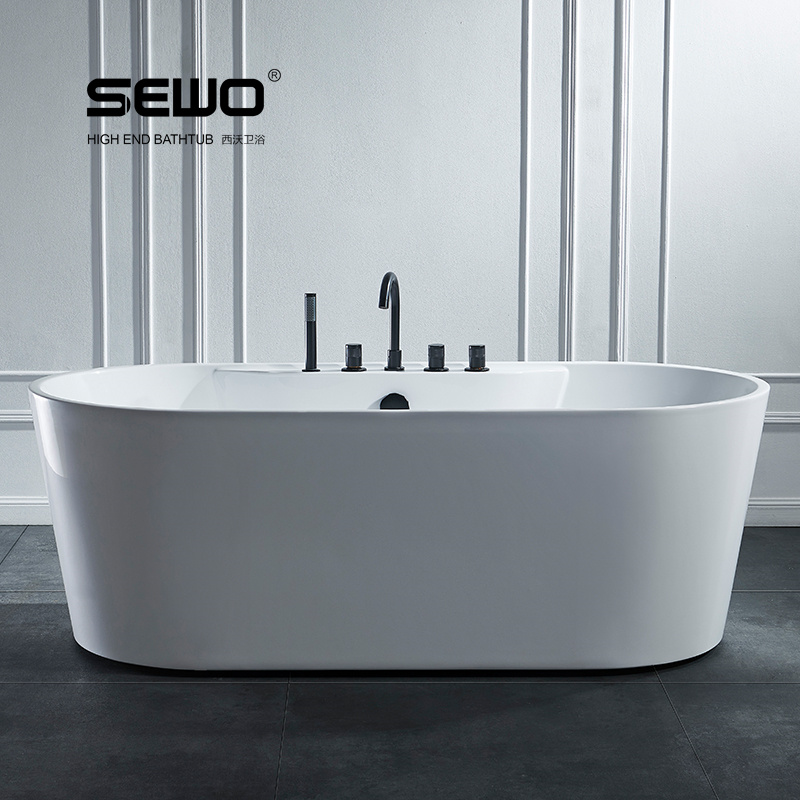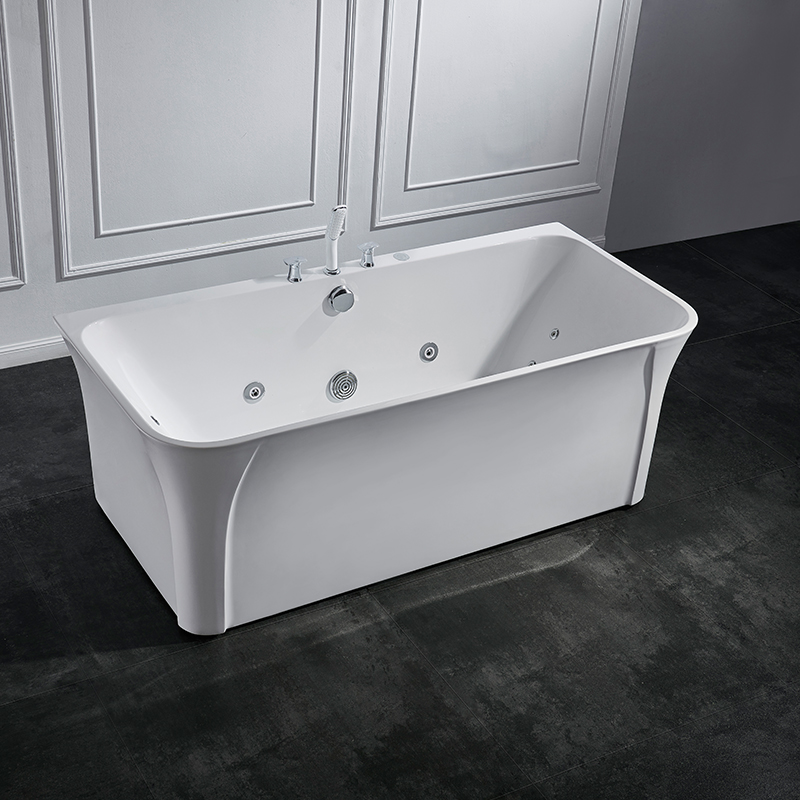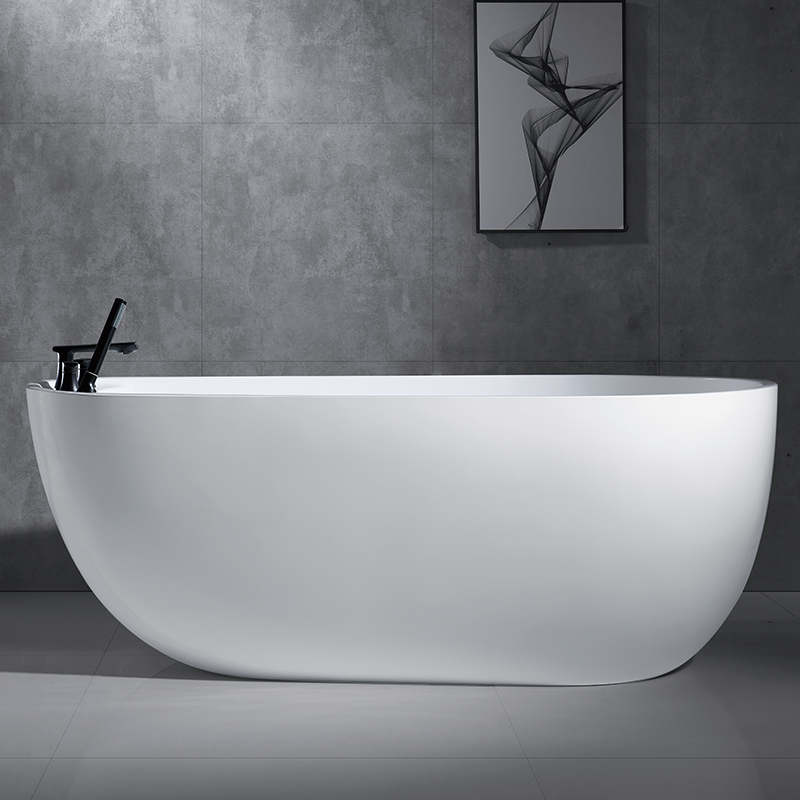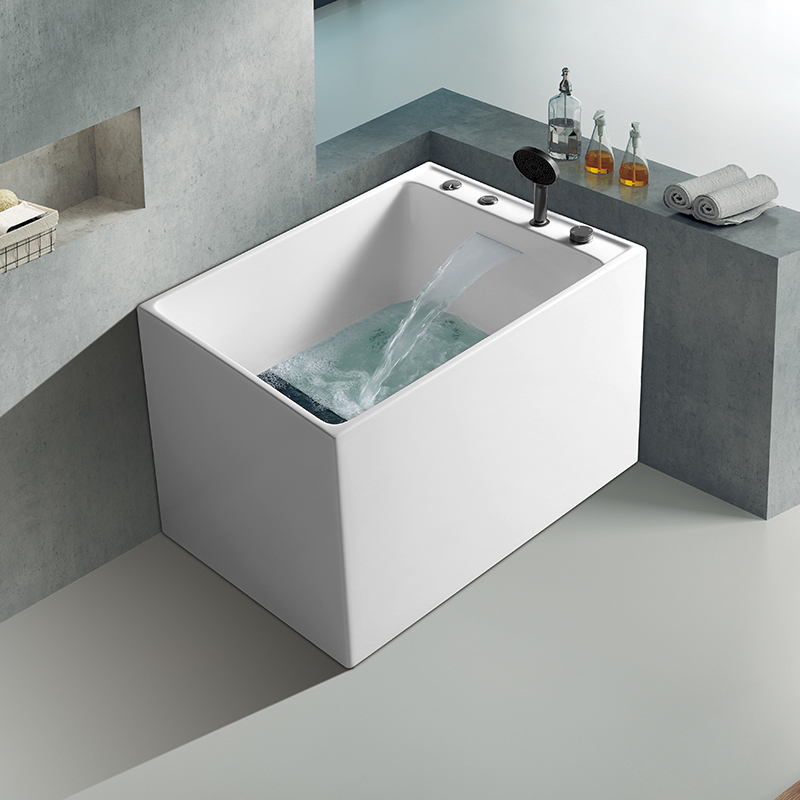Cold water bathtub
A Cold Water Bath Tub is a facility specially designed for soaking in cold water. Usually, the water temperature is controlled at around 10-15℃, and some professional equipment can adjust it to a lower temperature. It is often used in homes, gyms, rehabilitation centers, SPA centers and other places. By soaking in cold water, it can achieve the purpose of body conditioning, health promotion or relaxation and recovery.

一、Main Uses
1. Health conditioning
It is part of Cold Water Therapy, used to relieve muscle soreness, promote blood circulation, enhance immunity, etc.
2.Exercise recovery
Athletes often use cold therapy after high-intensity training to help muscles recover quickly and reduce inflammation.
Combining cold and hot alternating baths (such as alternating ice baths with hot water) can enhance the body's adaptability.
3.Mental relaxation
Cold water stimulation can activate the nervous system, enhance alertness, and is used by some people to relieve anxiety or improve sleep quality.
4.Beauty and skin care
A brief cold water soak can shrink pores and promote skin firmness.
二、 Health Benefits (Supported by Scientific Evidence
1. Improved blood circulation: Cold water stimulates blood vessels to constrict, and then when the temperature returns to normal, the blood vessels dilate, promoting blood flow and enhancing cardiovascular health.
2. Anti-inflammatory effect: Lowering tissue temperature can reduce the release of inflammatory factors and relieve muscle swelling.
3. Accelerated metabolism: The body consumes energy to maintain body temperature, which can increase the basal metabolic rate in the short term.
4. Psychological resilience: Long-term exposure to cold water may enhance stress resistance and release endorphins (happiness hormones).
5. Enhanced immunity: Some studies have indicated that moderate cold exposure can activate the activity of immune cells.
三、 Precautions for Use
1. Gradual progress
First-time users should start with warm water and gradually cool it down to avoid sudden immersion in overly cold water, which may cause discomfort (such as chills and breathing difficulties).
It is recommended to gradually increase the soaking time from 1 to 2 minutes, generally not exceeding 10 minutes。
2.Taboo groups:
Patients with heart disease, high blood pressure, and Raynaud's disease (encountering cold-blooded tube spasm) should avoid it.
Pregnant women, children and those with weak body temperature regulation ability should be cautious. It is recommended to do so under professional guidance。
3.Safety monitoring
Ensure that the water temperature is controllable to avoid hypothermia due to low temperature (dangerous below 35℃).
Stay awake while soaking. If you experience dizziness, chest pain or other symptoms, stop immediately.
4.Environmental preparation
四、After getting out of water, dry yourself promptly and keep warm to avoid catching a cold.
It can be combined with alternating hot compresses or warm water baths for better results。
Iv. Equipment Types and Selection
1. Household type
● Portable plastic bathtub: Lightweight and easy to install, suitable for temporary use.
● Built-in cold water bathtub: Integrated design with the bathroom, adjustable temperature and massage function。
2.Professional type
● Ice Bath: The water temperature can be reduced to around 0℃ and is often used for athletes' rehabilitation.
● Alternating hot and cold bath system: Automatically switches between hot and cold water flows to enhance efficiency。
五、Culture and Fashion Trends
● Nordic Tradition: In regions such as Finland and Norway, cold water baths (such as swimming in lakes during winter) are regarded as a daily health habit.
● Popularization in the sports circle: NBA players and fitness enthusiasts often use cold water recovery as an auxiliary training method.
● Modern SPA Integration: High-end SPA combines cold water therapy, aromatherapy, meditation and more to create a comprehensive relaxation experience。
Vi. Summary
Cold water bathtubs, as health tools, should be used reasonably based on one's physical condition to avoid blindly pursuing low temperatures or prolonged soaking. Under the guidance of professionals (such as sports rehabilitation therapists and doctors), combined with scientific methods, its potential benefits can be brought into play. For the general public, moderate attempts and paying attention to physical reactions are key.
A Cold Water Bath Tub is a facility that promotes health, recovery and relaxation through soaking in cold water. Its core lies in the physiological stimulation of the body produced by low-temperature water. The following is a further analysis of the cold water bathtub, supplemented with details and practical suggestions to help you have a more comprehensive understanding of its application and value.
I. Core Principle: The Impact of Cold Water on the Human Body
Cold water stimulation can trigger a series of physiological responses:
Vasoconstriction and dilation: Cold water causes blood vessels to contract rapidly, and then they dilate when the temperature rises. This process is called "vascular gymnastics", which can enhance vascular elasticity and promote blood circulation.
Neural activation: Cold stimulation activates the sympathetic nervous system, increases heart rate and respiratory rate, and simultaneously releases adrenaline and endorphins, generating a brief sense of excitement and pleasure.




